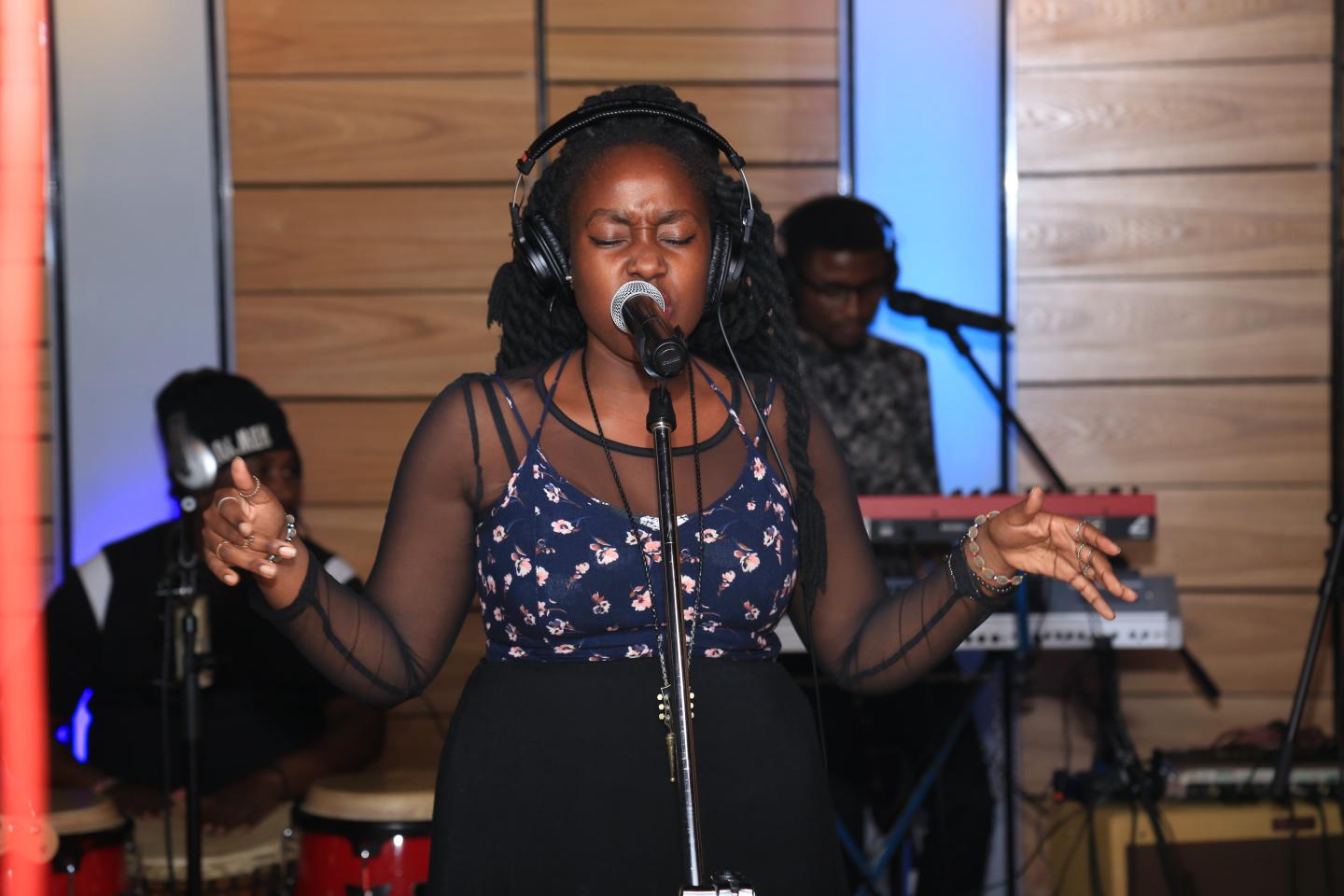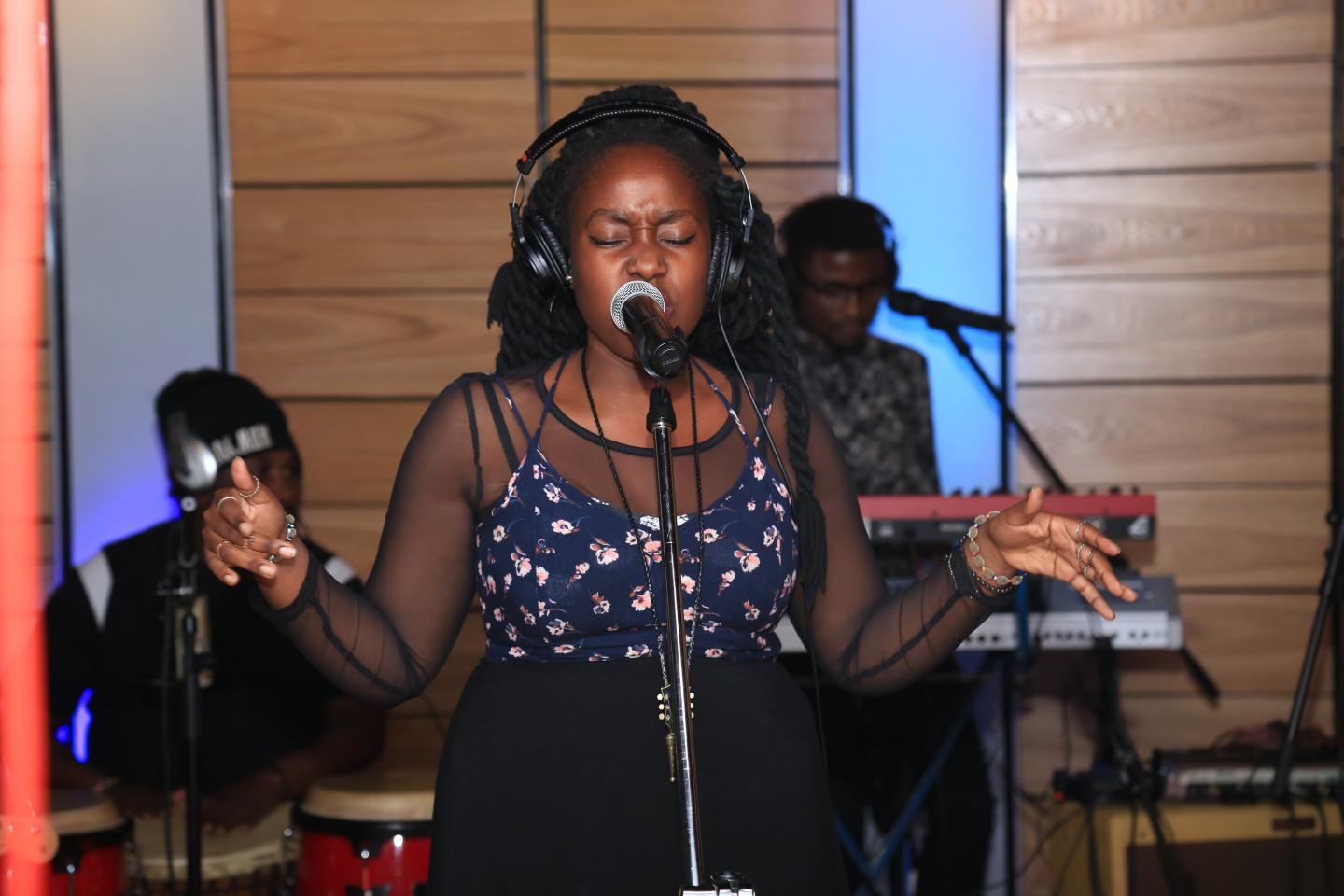Film industries in Central Asia: a view today and towards the future
The overall economic impact, social role and status of cultural professionals involved in the film industries of the Central Asian countries (Kazakhstan, Kyrgyzstan, Tajikistan and Uzbekistan) remain relatively understudied. However, the film industry is recognized as one of the oldest and most developed cultural and creative industries of the region since the mid 20th century. In this context, this publication assesses the film industries of Central Asia and concerned legislation.




